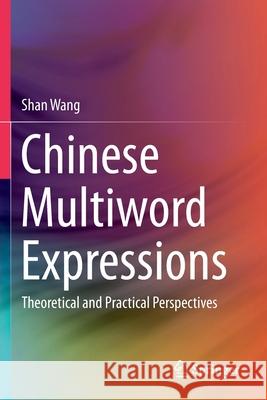Chinese Multiword Expressions: Theoretical and Practical Perspectives » książka
topmenu
Chinese Multiword Expressions: Theoretical and Practical Perspectives
ISBN-13: 9789811385124 / Angielski / Miękka / 2021 / 126 str.
Chinese Multiword Expressions: Theoretical and Practical Perspectives
ISBN-13: 9789811385124 / Angielski / Miękka / 2021 / 126 str.
cena 403,47
(netto: 384,26 VAT: 5%)
Najniższa cena z 30 dni: 385,52
(netto: 384,26 VAT: 5%)
Najniższa cena z 30 dni: 385,52
Termin realizacji zamówienia:
ok. 22 dni roboczych
Bez gwarancji dostawy przed świętami
ok. 22 dni roboczych
Bez gwarancji dostawy przed świętami
Darmowa dostawa!
Kategorie:
Kategorie BISAC:
Wydawca:
Springer
Język:
Angielski
ISBN-13:
9789811385124
Rok wydania:
2021
Wydanie:
2020
Ilość stron:
126
Waga:
0.20 kg
Wymiary:
23.39 x 15.6 x 0.76
Oprawa:
Miękka
Wolumenów:
01
Dodatkowe informacje:
Wydanie ilustrowane











